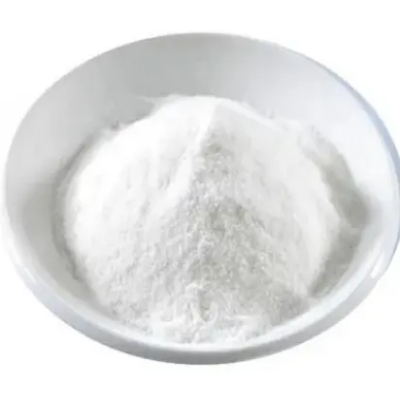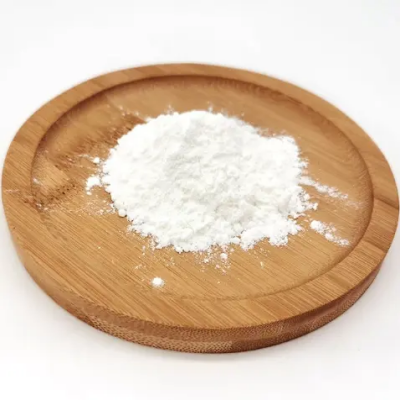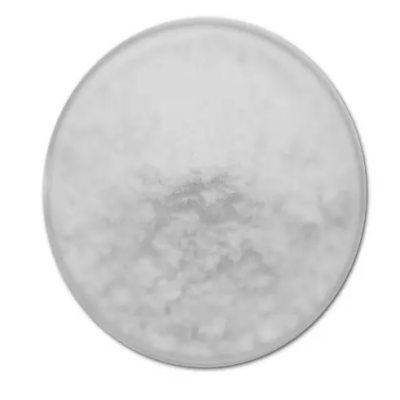Phenylhydrazine hydrochloride CAS:59-88-1
Phenylhydrazine hydrochloride is a well-known reagent in organic chemistry, primarily recognized for its role in the formation of hydrazones—a class of compounds formed by the reaction between hydrazines and carbonyl-containing substrates. With the chemical formula C6H8ClN3, this compound consists of a phenyl group attached to a hydrazine moiety, resulting in a versatile agent that participates in various organic transformations. One of the most significant applications of phenylhydrazine hydrochloride is in the field of medicinal chemistry. The compound has been used as a precursor for synthesizing various bioactive molecules, including antitumor agents. For instance, certain derivatives of phenylhydrazine exhibit cytotoxic properties against different cancer cell lines, making them potential candidates for further pharmacological development. The ability of phenylhydrazine to interact with reactive oxygen species also suggests its role in modulating oxidative stress, contributing to its anticancer effects. In addition to its medicinal uses, phenylhydrazine hydrochloride plays a crucial role in carbohydrate chemistry. It is employed in the identification and quantification of reducing sugars through the formation of stable hydrazone derivatives. This property has made it invaluable in biochemical analyses and food science, where determining sugar content is essential. Moreover, phenylhydrazine hydrochloride has been investigated for its potential in studying hemolytic anemia due to its capacity to induce oxidative stress in red blood cells, providing insights into the mechanisms of blood disorders. Despite its beneficial applications, safety considerations are essential when handling phenylhydrazine hydrochloride, as it can be toxic and poses health hazards upon exposure. Proper laboratory protocols must be followed to mitigate risks associated with its use. Overall, phenylhydrazine hydrochloride is a significant compound in organic and medicinal chemistry, offering diverse applications ranging from drug development to biochemical analysis. Its ongoing exploration continues to reveal new avenues for practical and therapeutic uses.



| Composition | C6H9ClN2 |
| Assay | 99% |
| Appearance | white powder |
| CAS No. | 59-88-1 |
| Packing | Small and bulk |
| Shelf Life | 2 years |
| Storage | Store in cool and dry area |
| Certification | ISO. |




![3-[3-(4-Fluorophenyl)-1-(1-methylethyl)-1H-indol-2-yl]-(E)-2-propenal CAS:93957-50-7](https://cdn.globalso.com/xindaobiotech/8NS8DBIRAVXN0VCLT117.png)




![4-[(2Z)-3-(3,5-dichlorophenyl)-4,4,4-trifluoro-1-oxo-2-buten-1-yl]-2-methyl-N-[2-oxo-2-[(2,2,2-trifluoroethyl)amino]ethyl]-Benzamide CAS:943436-93-9](https://cdn.globalso.com/xindaobiotech/6FOL1BS0UMD0X9Z402269.png)